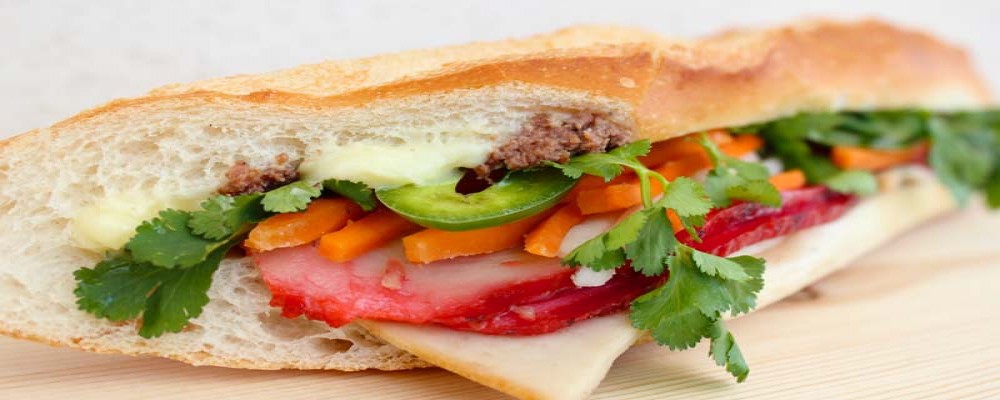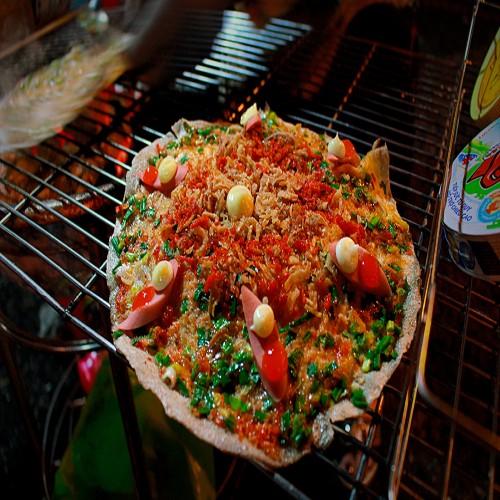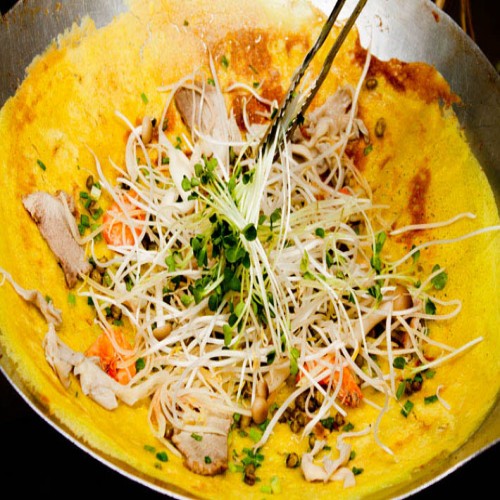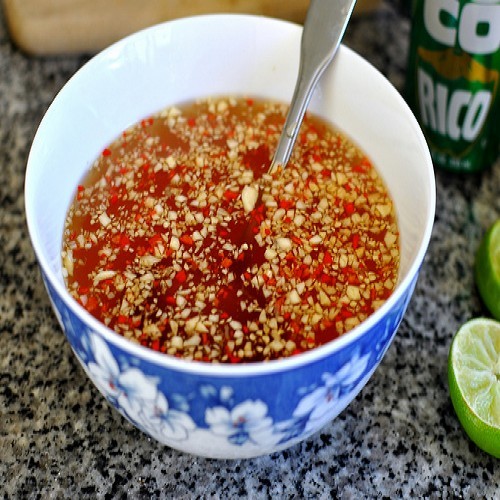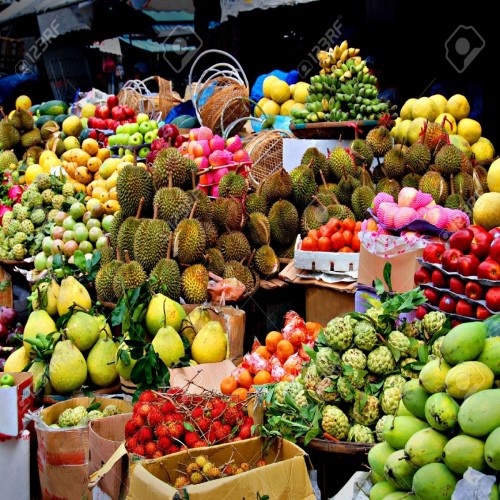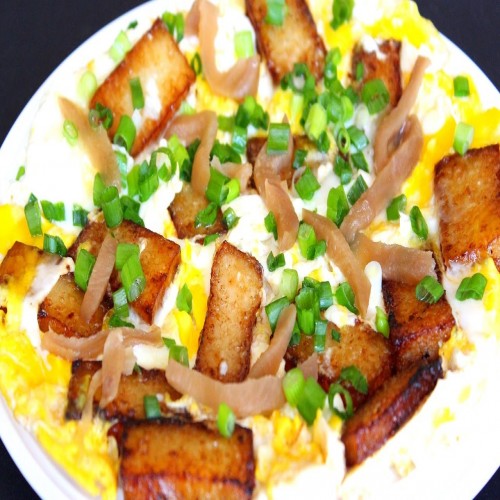Banh Mi - Vietnamese Baguette
Bread and wheat products occupy a unique position in the cuisines of every country on Earth. From Europe to Asia, Africa to America, everybody loves bread, and certainly, Vietnamese is no exception. Although bread made of wheat and rice flour is not the tradition dish, it plays an essential role in Vietnam daily life.
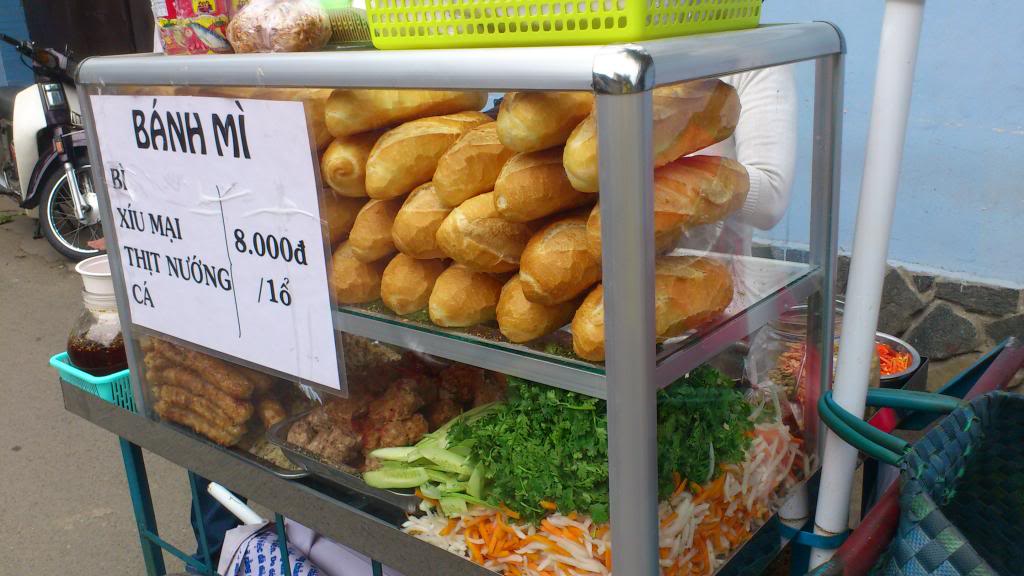
Vietnamese baguette in the past
Vietnam has a long history as an agriculture country with rice being the main staple. Not until 1859 when the French colonials entered Southern Vietnam did bread appear widely throughout the country.
An imported food, bread speedily became popular and assimilated in Vietnam. The most apparent evidence is the shape of the bread, which is typically small and long. Vietnamese bread originally came from the bread made à-la- Françe!, the kingdom of bread, yet Banh mi in Vietnam was first made for the working class such as drivers, porters, blue-collar workers. That accounts for the reason why “banh mi Viet Nam” had the shape of a baguette instead of a bun or roll. With the shape of a baguette, it would be much easier for people to hold it by one hand and eat while working. Through times, the plain French baguette has adapted in various ways to become the present “Banh mi Viet Nam”.
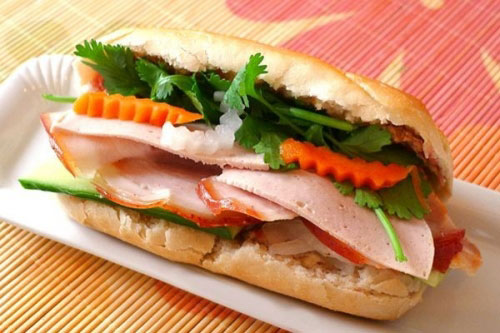
Distinctive “Banh mi Vietnam”
The very first thing about “banh mi Vietnam” that amazes foreign travelers is that they can hardly find Vietnamese-style baguette in a shiny shop, in which cakes and fancy Western bread with pretty high price are displayed for sale.
Banh mi Vietnam can be purchased right at the roadside stalls or from the street vendors, in many the alleys of the city or even in the bus terminals and train station. Small freshly hot baguettes are kept warm in the red hot coal brazier; or inside the bamboo basket fully covered with a woolen blanket.
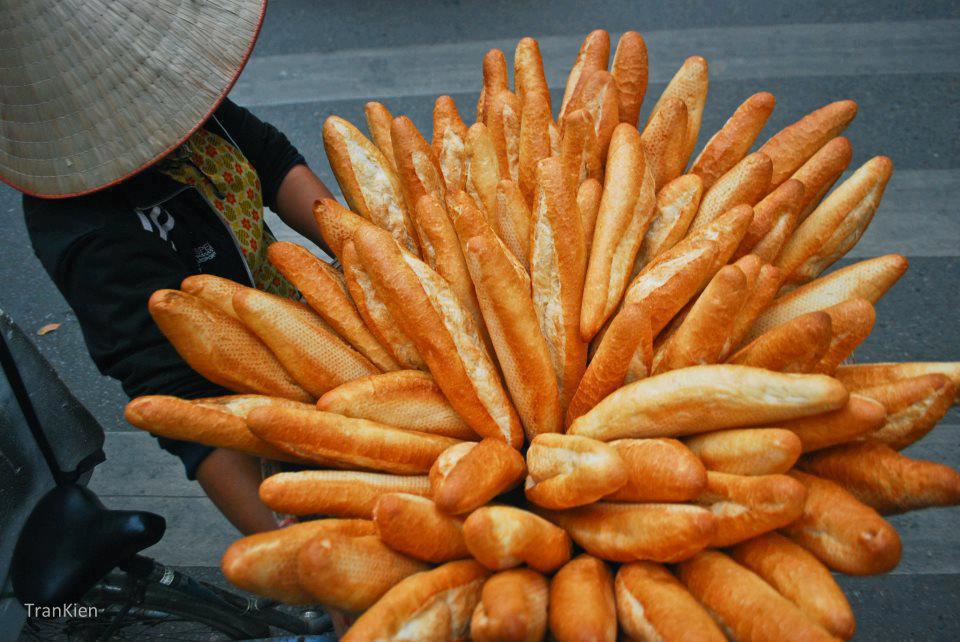
Not only foreigners feel nostalgic when hearing the voices of street vendors resounding on every alley of Hanoi “Crisply hot bread for sale! Crisply hot bread for sale” (Bánh mì nóng giòn nào!) but Vietnamese loves that as well.
Years ago, when Hanoi was quieter, the cry of the street vendors is considered a symbol of tranquility. Even now, it still invokes special feelings among Hanoians, especially those who come back to visit Hanoi after a long time living far away from the city. Those sellers have become a typical image of the good old days, of the past full of unforgettable memories.
“Banh mi Viet Nam” is also special for its diverse tastes. Those who have taken a bite of Vietnamese baguette will never forget the crunchiness of the crust since it is very light, airy and crispy. Bakers making Vietnamese-style baguette does not add butter, shortening or chicken fat. The dough contains only wheat, rice flour and quick-rise yeast.
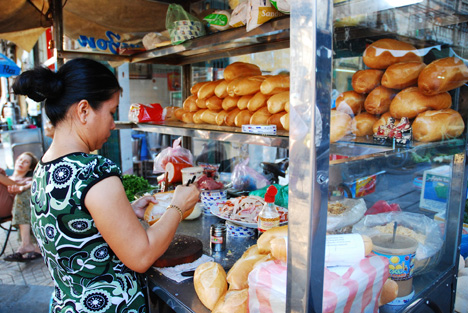
Vietnamese baguette is also very versatile, and it can be served any time of the day. Moreover, depending on their personal taste, people can enjoy their banh mi in their own way: with fried eggs, liver pâté, mayonnaise or even condensed milk. There are many “versions” of “banh mi Viet Nam” that each area has its individually famous kind, which can even stunningly astonish Western travelers coming from the motherland of bread.

